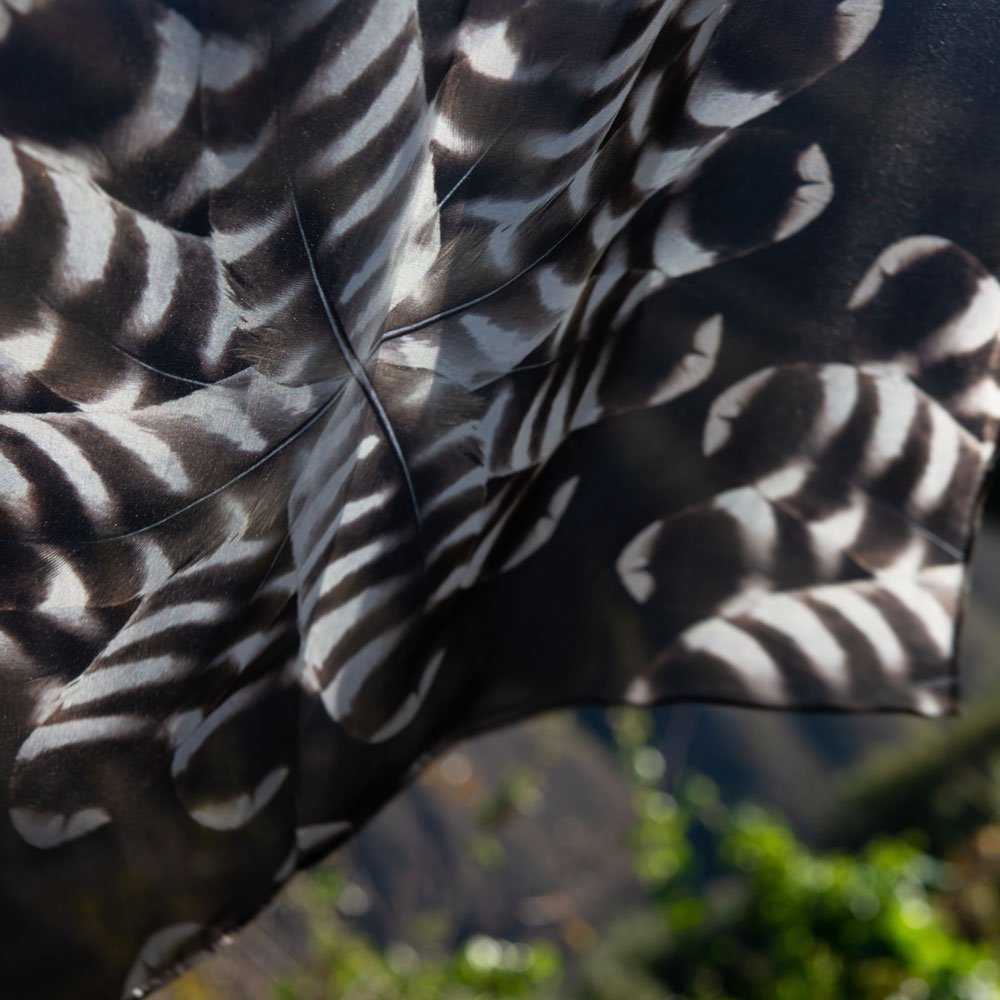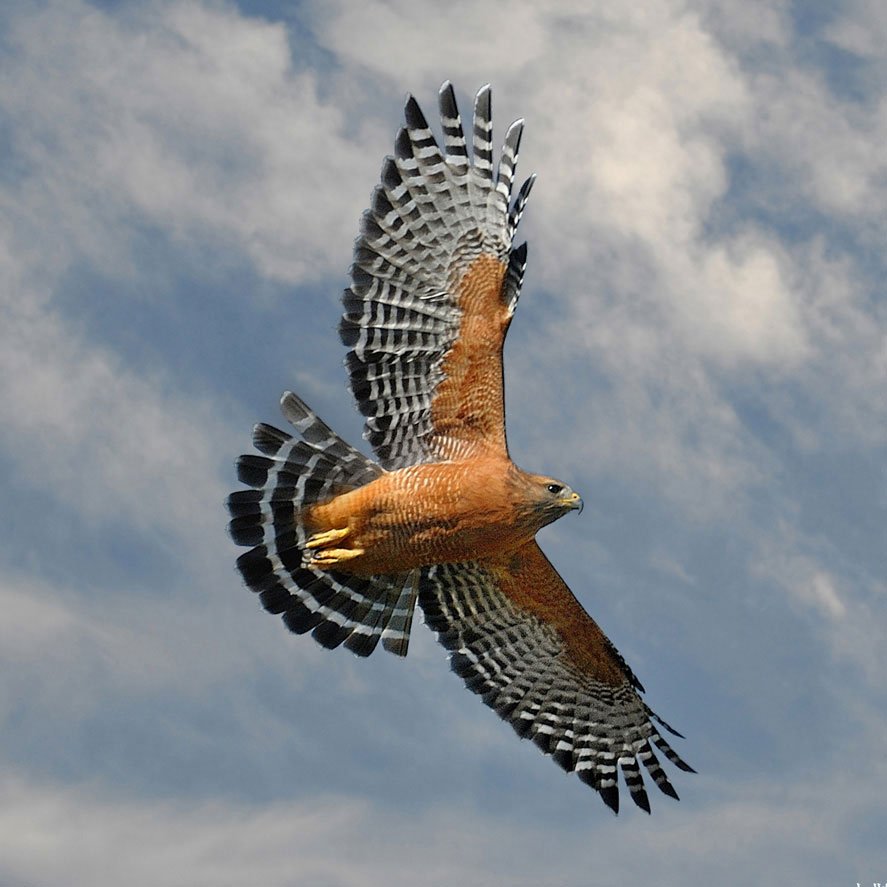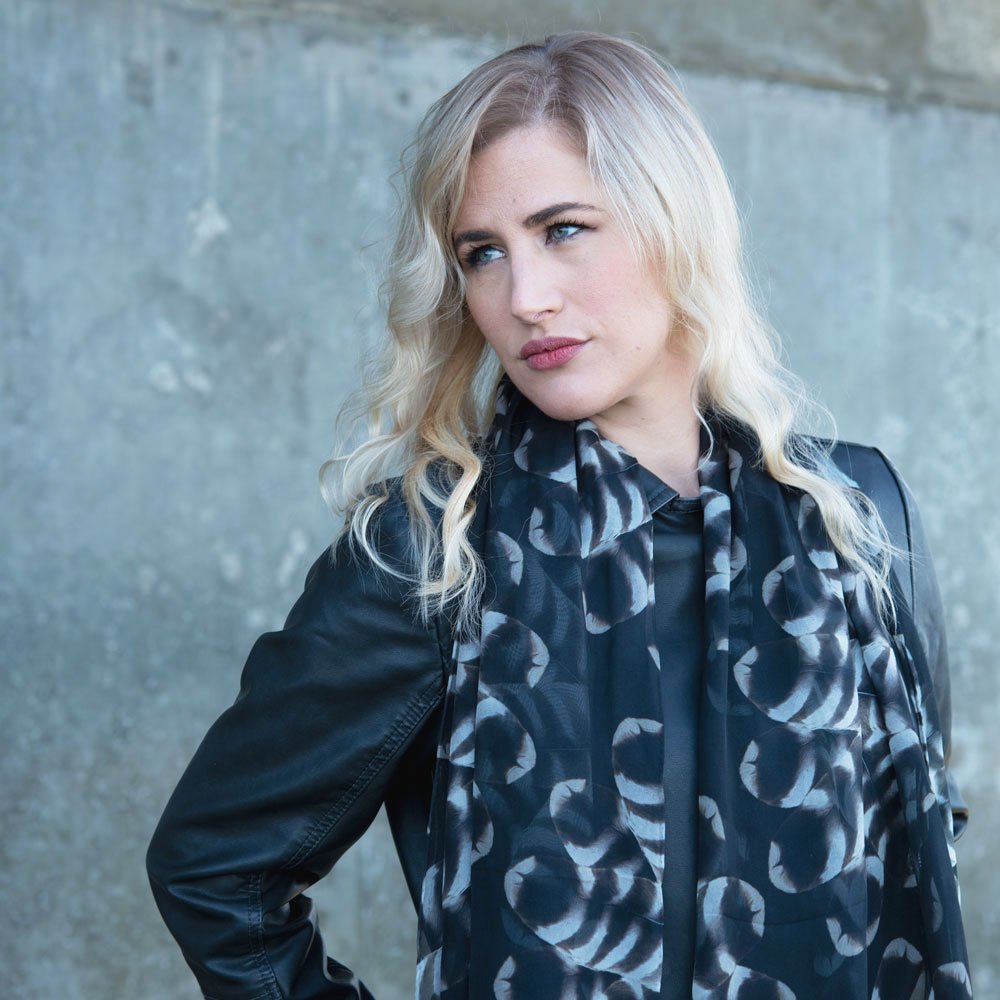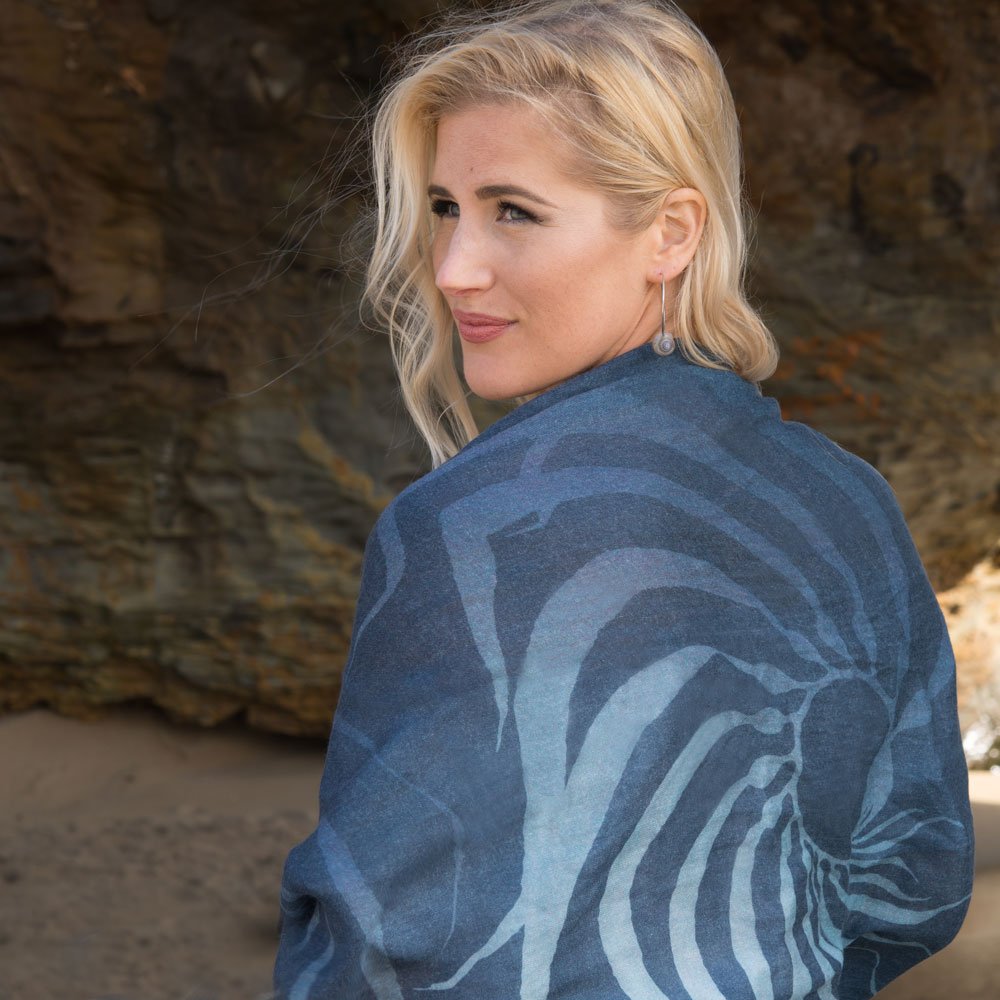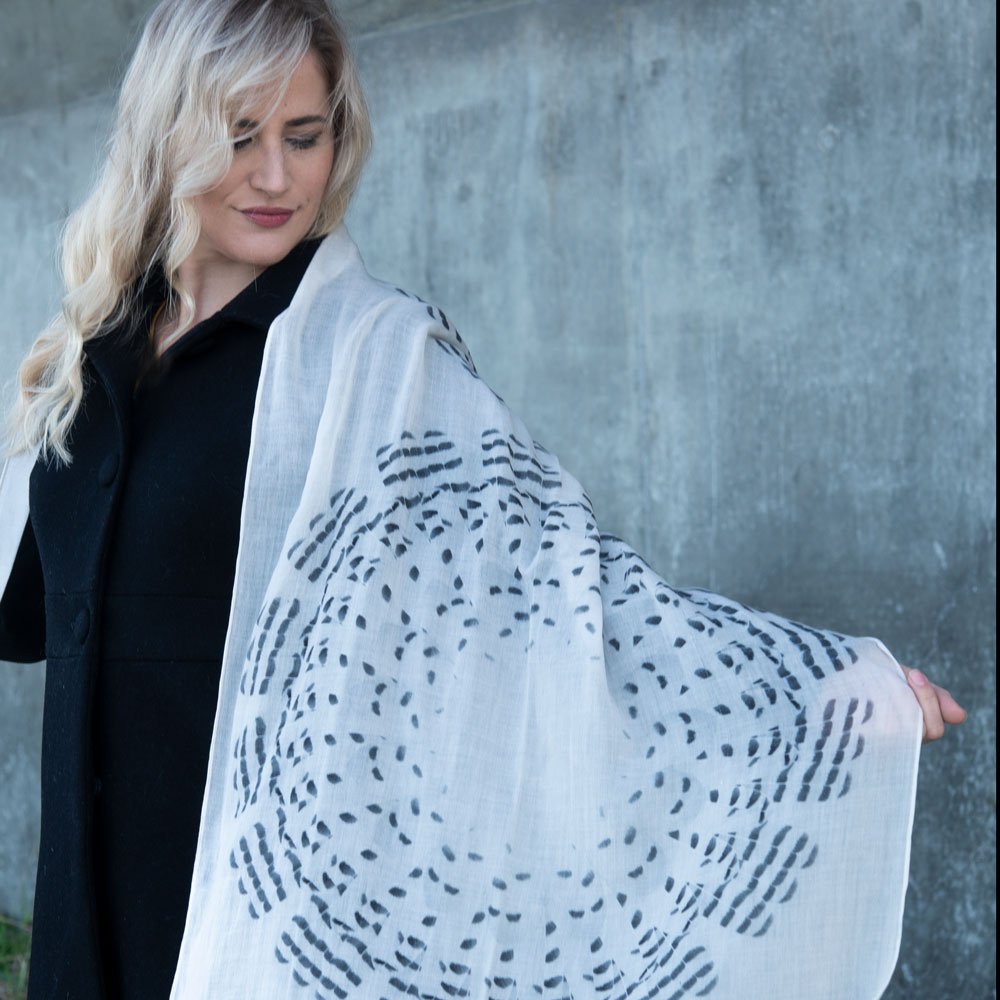 Image 1 of 3
Image 1 of 3

 Image 2 of 3
Image 2 of 3

 Image 3 of 3
Image 3 of 3




Copepod Silk
Marine copepods - one type of zooplankton - are tiny little crustaceans - most averaging just a millimeter or two in length, that live a pelagic life in the surface waters of the open ocean. Their small lives matter greatly to the health of our oceans, planet and climate. Considered to form the largest animal biomass, copepods (alongside other zooplankton and the phytoplankton they consume) are the foundation of the ocean web food, supporting the lives of many species of fish, whales, and seabirds. Copepods also function to provide a massive carbon sink. Named for their evolved “oar feet,” copepods are considered to the world’s strongest animal -- who can jump 500 body lengths per second when a predator is sensed! (a cheetah moves at 10 body lengths per second). Copepods are stunningly transparent, and possess just a single compound red eye, as they rely more on their elaborate antennae for keen sense perception. No one captured the beauty of copepods more magnificently than early 20th century German evolutionary biologist and artist Ernst Haeckel… I am overjoyed to be able to share with you in this special pattern made with illustrations from his 1904 book Kuntsformen der Natur.The stunning calanoid microphoto was taken by Wim van Egmond.This 20"x70" scarf is printed on 100% silk chiffon and has a delicate hand-rolled hem.This pattern was designed to support Racing with Copepods - an environmental documentary film produced in Marin County, California. There are many species of copepods that are adapted to live in different environments - including freshwater, benthic, and pelagic habitats. Marine copepods like the calanoid pictured here live in the upper water columns of the ocean, where they feed on zooplankton. While not listed as endangered, all plankton are threatened by rising temperatures and ocean acidification caused by global climate change.
Marine copepods - one type of zooplankton - are tiny little crustaceans - most averaging just a millimeter or two in length, that live a pelagic life in the surface waters of the open ocean. Their small lives matter greatly to the health of our oceans, planet and climate. Considered to form the largest animal biomass, copepods (alongside other zooplankton and the phytoplankton they consume) are the foundation of the ocean web food, supporting the lives of many species of fish, whales, and seabirds. Copepods also function to provide a massive carbon sink. Named for their evolved “oar feet,” copepods are considered to the world’s strongest animal -- who can jump 500 body lengths per second when a predator is sensed! (a cheetah moves at 10 body lengths per second). Copepods are stunningly transparent, and possess just a single compound red eye, as they rely more on their elaborate antennae for keen sense perception. No one captured the beauty of copepods more magnificently than early 20th century German evolutionary biologist and artist Ernst Haeckel… I am overjoyed to be able to share with you in this special pattern made with illustrations from his 1904 book Kuntsformen der Natur.The stunning calanoid microphoto was taken by Wim van Egmond.This 20"x70" scarf is printed on 100% silk chiffon and has a delicate hand-rolled hem.This pattern was designed to support Racing with Copepods - an environmental documentary film produced in Marin County, California. There are many species of copepods that are adapted to live in different environments - including freshwater, benthic, and pelagic habitats. Marine copepods like the calanoid pictured here live in the upper water columns of the ocean, where they feed on zooplankton. While not listed as endangered, all plankton are threatened by rising temperatures and ocean acidification caused by global climate change.






